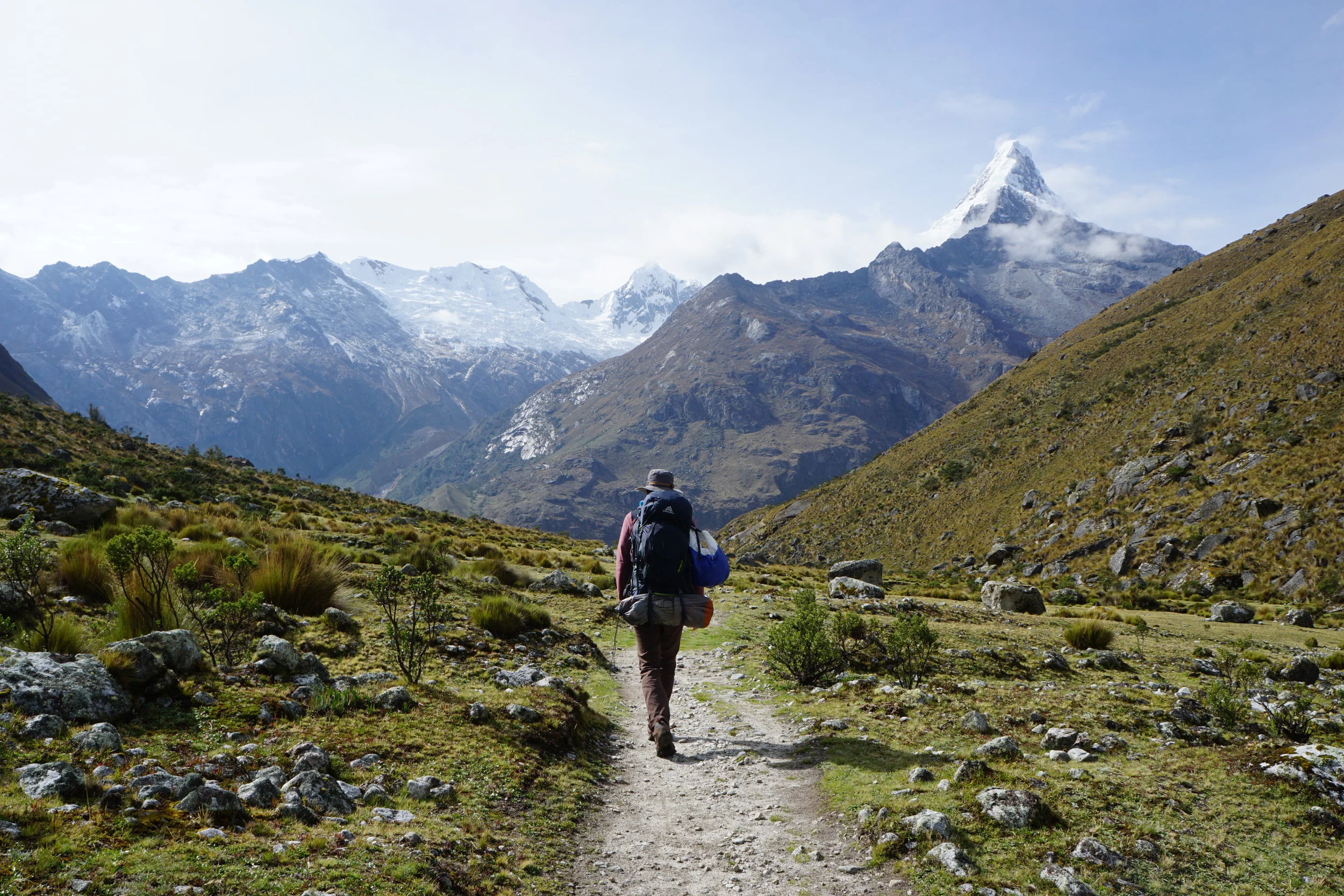It’s always striking how perspective can change and Lima has felt like the anchor point for these shifts throughout my trip. Landing in Lima for a third time, my journey from the airport was a wild one. It’s pretty rare for tourists to take the public bus from the airport, but it’s the perfect window into working class Lima and the price is right so I opt for this route. The bus stop is a lively, chaotic place. Small minibuses drift into the pickup zone from the highway at full speed. Fare collectors hang out the sliding doors hooting at other busses as they narrowly avoid collision. Yelling out in an undecipherable shorthand where the bus is going. Locals pile in and out. Before the dust settles from such an aggressive entrance the tires squeal, peeling out back onto the main road. As I waited for my bus, a rather comfortable public shuttle not dissimilar to what you would find in NYC or Paris, I marvel at this loosely organized system and how efficient it does appear to be, moving people rapidly with little fuss. It’s also a bit of a shock to the system. After three months in Chile, I had forgotten how much looser things tend to be in Peru and it was exhilarating to be tossed back into the frenzy.
Into the Sacred Valley
Cusco is the tourism hub of Peru, and for good reason. The city is quite unique, the central downtown rests in a large valley, the remainder radiates out and up the surrounding mountains. At night the hills light up like stadium seating shining flashbulbs on you from all angles. History and fast food, luxury hotels and stray dogs coexist in harmony. Where coffee shops and fake alpaca sweater vendors now stand, the Incan king once sat upon his throne. Incan building foundations stand strong, supporting the Spanish colonial buildings which reside in the late civilizations capital. It is the jumping off point for any trip to Machu Picchu and the historic relevance of the city is unrivaled in South America. Cusco, in its modern form, is built for travelers, loaded with great food, coffee, hostels, markets, and entertainment options. Upon arrival it was clear that this was a place I could hang around for a while.
Puno & Lake Titicaca
From a travelers perspective the city of Puno is fairly lacking...The food is standard at best, accommodation options are limited, and overall there isn’t much too see. Never the less the city pops up on just about any Peruvian itinerary. People visit the city for the singular reason of Lake Titicaca; and on first inspection, I was not impressed.
Arequipa and the Canyon de Colca
It is amazing how perspective can change. When I first arrived in Peru, regions of Lima felt like the Wild West. Upon returning, after a month exploring up north, the city felt tamed, almost docile. Streets that I deemed sketchy on day one now felt luxurious. Extended exposure to anything builds tolerance, and I think I’m slowly becoming immune to the chaos.
Mercado San Camilo
My favorite way to connect with a new culture is through food. The ingredients, cooking methods, and traditions of a region tell you so much about the way people live; and the Wikipedia of any culture’s food scene is the local market. Large and full of energy, Peru’s markets each tell a story of local industry and historical influence, acting as a reflection of the city itself. The market of Huaraz was a frenzied, untamed wilderness with animal carcasses draped over every stall. Iquitos was an exotic and at times disturbing display of the magnificent flora and fauna the Amazon provides. Opening ones eyes to the very real struggle the city continues to have with poaching. The market in Tarapoto, a tropical hub of fruit production, could hardly contain the mountains of fresh pineapples, papayas, and plantains. The colors, smells, and activity all bring you a little closer to a foreign land.





